The Dune TCG died so that other card games could live their best lives
Trading card games are not only popular with players. They are also incredibly popular with executives, as they can be lucrative for both publishers and distributors. Magic: the meeting became a $1 billion brand for Hasbro in 2023, which has gone a long way toward improving the bottom line, if we’re honest. If the company is expanding its Universes Beyond offeringincredibly powerful tools for selling cards to people new to playing a game MagicHow can other TCGs hope to compete? What should new games be like? Disney Lorcana, Star Wars: Unlimited, Alteredand the more established Meat and blood do to thrive? Some possible answers may lie in the story of the 1990s Dune: collectible card game.
Image: Wizards of the Coast
The TCG market in 1997 was not that different from today. Magic: the meeting reigned supreme. Dozens of competitors and a few blatant cash grabs had all come and gone. Every new game looked for a new gimmick, a popular IP address, or some other way to offer something Magic didn’t. Enter the company Last Unicorn Games with Dune: CCGin which players were asked to steer a political machine around themselves in the hope of being admitted to the Landsraad, the most important political body of the Dune universe. Dune: CCG is built from the ground up as a multiplayer game, no different Magic‘s community-created format of choice, Commander. Instead of always paying a direct cost in mana to play a card from their hand onto the table, players could bid against each other to drive up the cost of the best cards. To win, players had to gain both favor on the political scene and valuable resources from Arrakis. There was even a third resource that complicated matters even further.
Adding to the cognitive load was the fact that each player brought two different decks of cards to the table. The House deck contained most cards and types: generic characters, military units, events, etc. The cards in the Imperial deck represented main characters and locations from the Dune story. The costs of these powerful allies and unique locations can be increased from their base price based on the bidding system known as a petition. As the game progressed, players developed their positions, gathered resources, and launched attacks on each other until one player emerged victorious.
If you know Frank Herbert’s Dune, you know, that’s pretty precise. So while Dune: CCG managed to capture the feeling of the universe that inspired it, looking back it’s truly a game from another time – a time when designers pushed the boundaries of what could, or perhaps should, fit within the framework established by Magic.
But it wasn’t all bad. Let’s look back at the Dune CCGand it teaches us four lessons from which all modern TCMs should learn.
IP alone is not enough
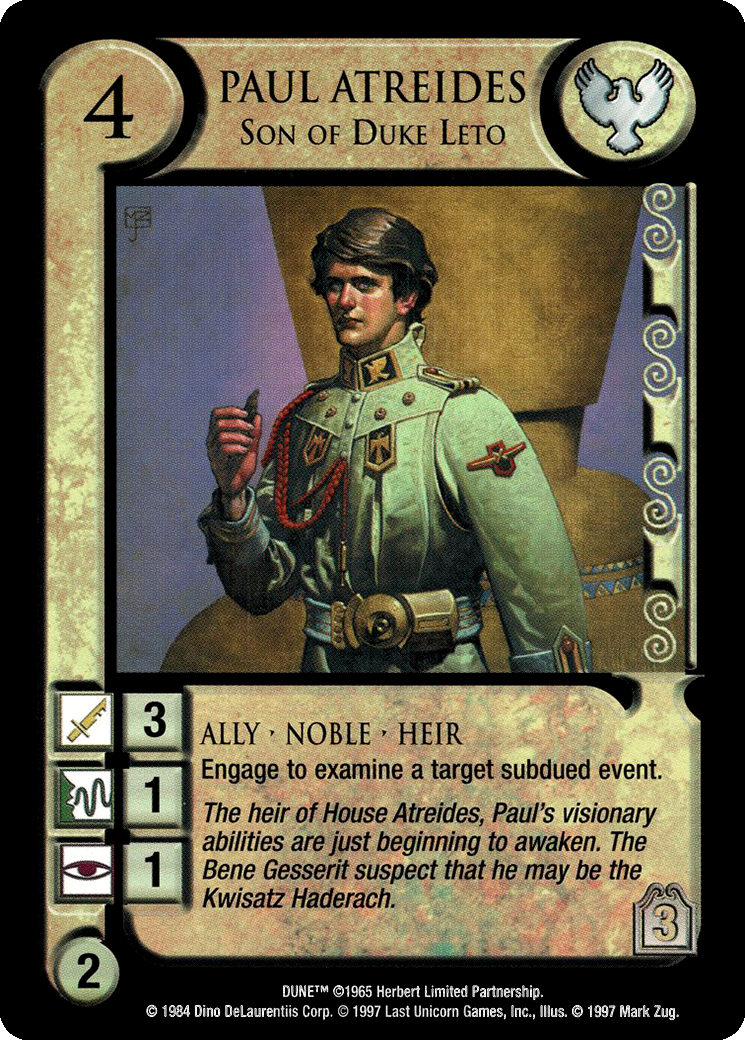
Image: Wizards of the Coast
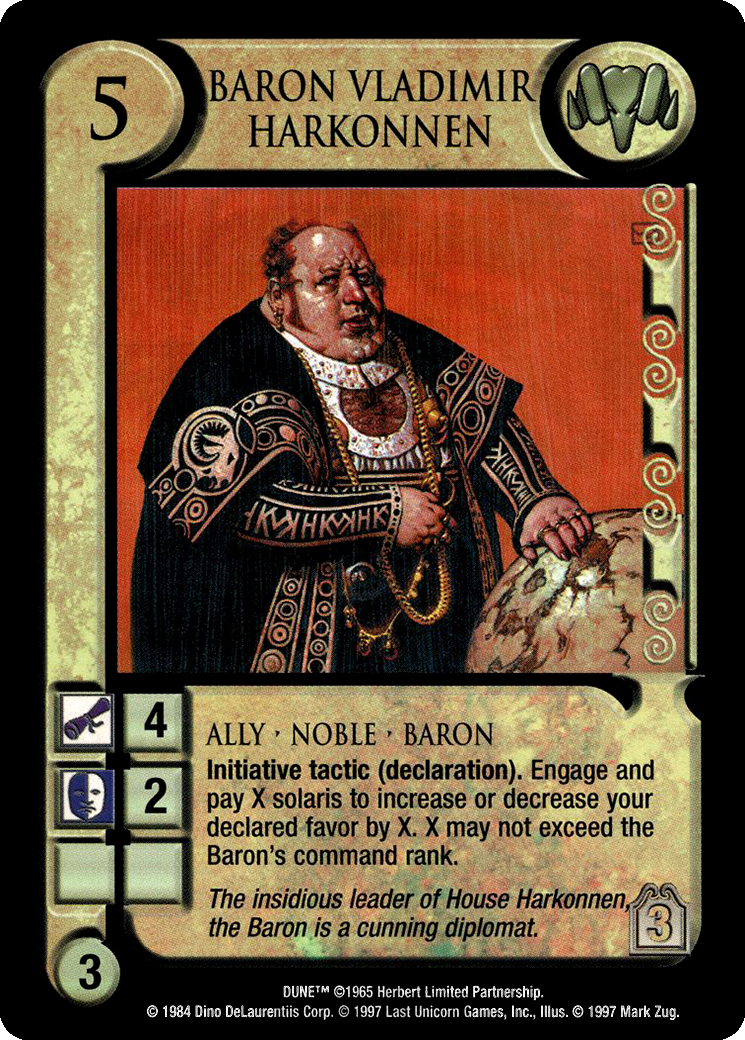
Image: Wizards of the Coast
The making of a Dune CCG meant more than putting Paul Atreides on the map. The gameplay had to make players feel immersed in the universe of Dune. This meant that complex political and economic elements were needed, as well as multiple opportunities for player interaction. The game succeeded (perhaps too well) in all these goals, with a bidding system to bring the most powerful cards into play, and four combat options. The many options for combat and interaction allowed players to choose factions and build decks with characters and other cards that fit their playstyles and the Dune universe.
In much the same way Dune: CCG managed to stay true to the source material, the Star Wars: Unlimited Fantasy Flight Games’ TCG does a great job of making players feel like they’re part of a galaxy far, far away. The game revolves around leader cards with powerful abilities that represent the franchise’s larger-than-life characters, who players build their decks to support. The playing field is divided into two battle fronts (ground and space) that simulate the action of the films. Whether you’re defending Echo Base with Chewbacca or leading the Imperial assault of the Death Star with Vader, you’ll agree that the Force is strong with this one.
Graphic design is just as important as art
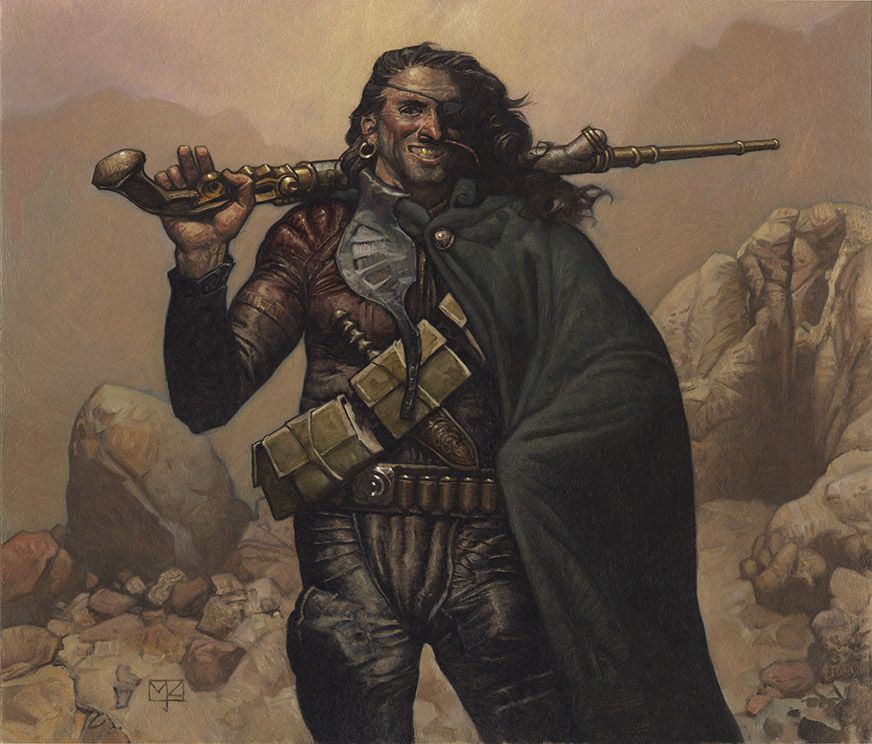
Conveying to players everything they needed to know on the front of their cards was something that many ’90s TCGs struggled with. Art cannot make up for bad graphic design, no matter how beautiful. Dune understood this. The art by Mark Zug and others was brilliant, and the graphic design of the cards conveyed a lot of information in a form that was easy to understand once players were familiar with the numerous symbols, card types, and sub-types – and boy, were there a lot of sub-types – in a style that felt appropriate Dune-like it.
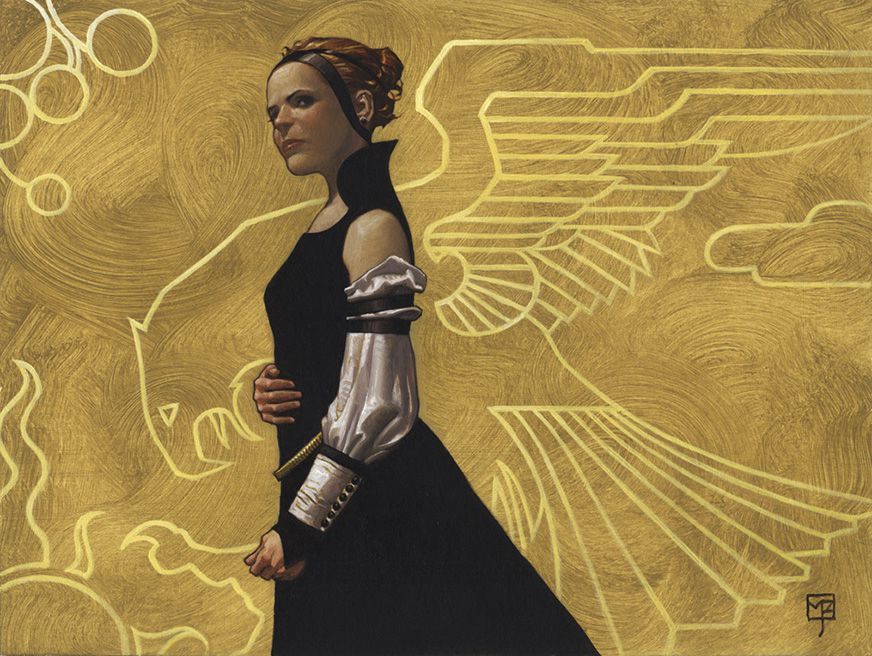
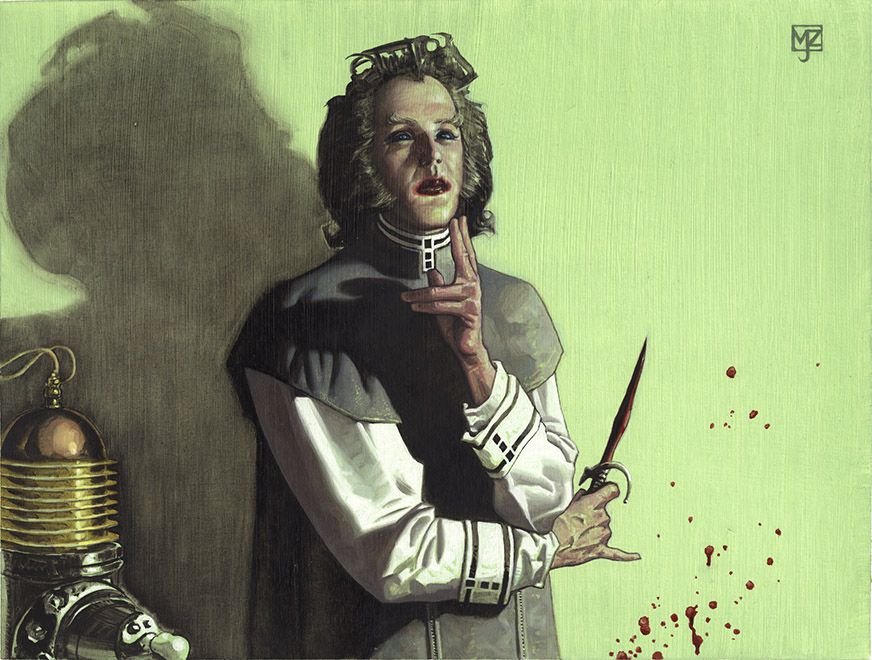
Ravensburger’s Disney Lorcana is a modern example of a game that produces an attractive product in both art and design. If you’ve played TCGs before Lorcana, it’s easy to get an idea of how the game is played just by looking at the cards. The costs and stats are all highlighted and color-coded, and even indicate which cards can be used as resources.
Encourage interaction
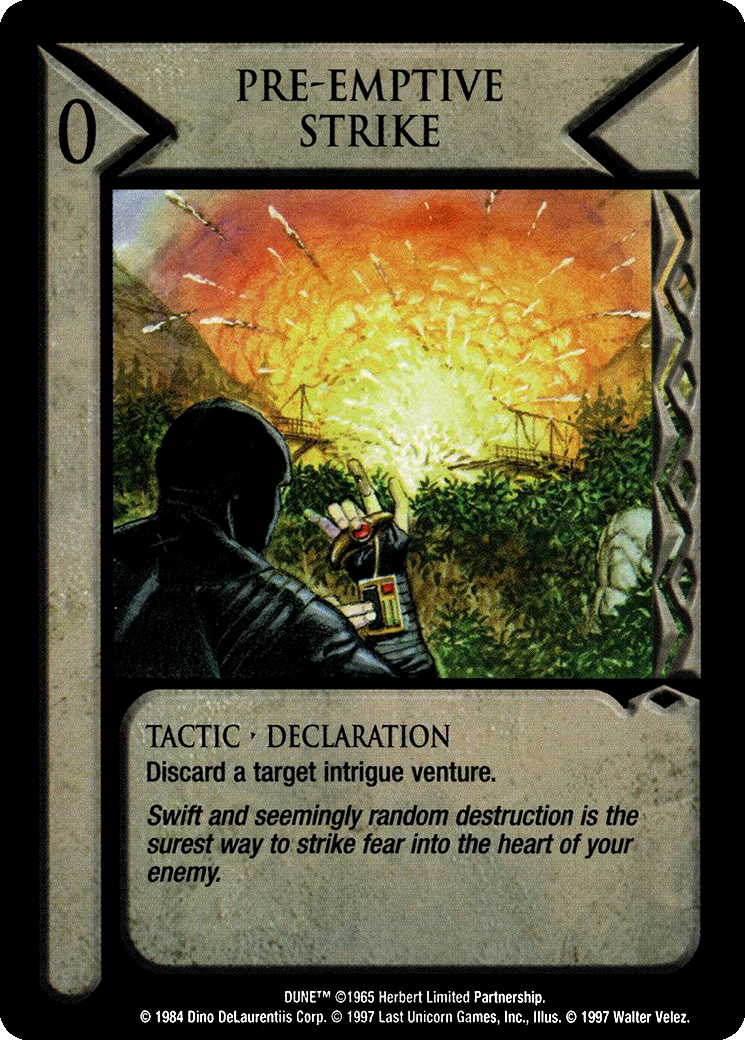
Image: Wizards of the Coast
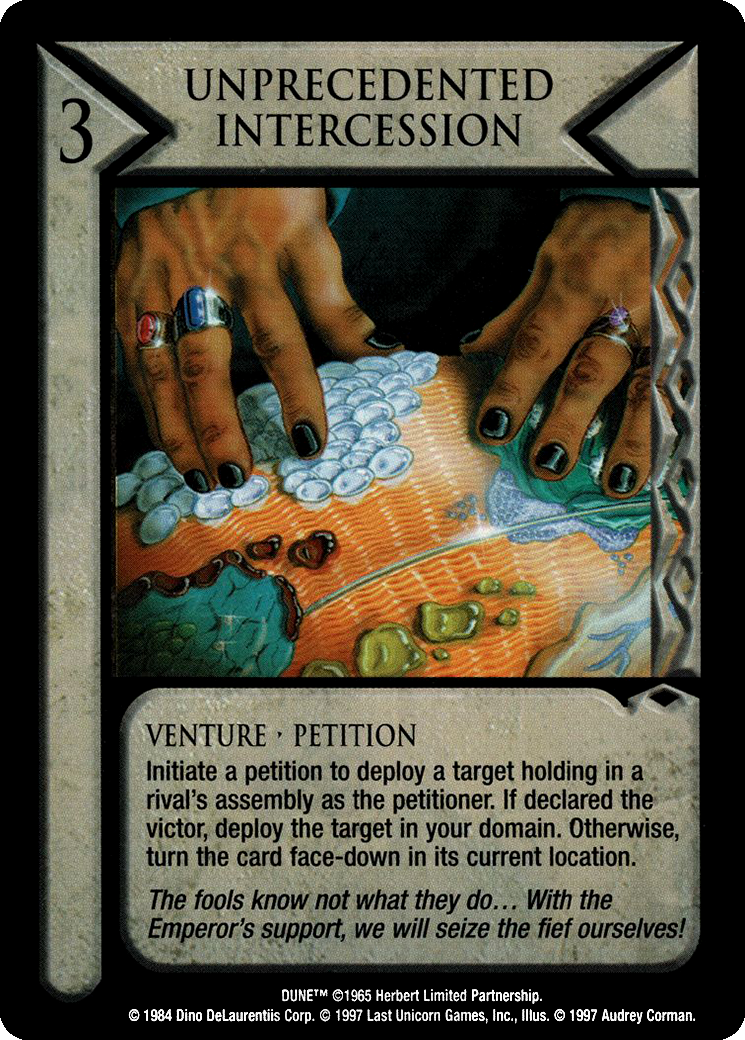
Image: Wizards of the Coast
For a game with many moving parts, Dune: CCG had an incredible amount of interaction. The petition mechanism involved all players in playing the most powerful cards. At the heart of the game, this made player interaction a fundamental part deeper than most other TCGs. Additionally, players looking to thwart an opponent’s actions could play Tactics cards at virtually any time, much like Instant Spells in Magic.
Many TCGs today avoid player interaction at fundamental levels, to the point where they eliminate the ability to play cards during another player’s turn or phase. Instead, many games only allow play during a player’s turn, or opt for a back-and-forth action system, limiting players to one action or deck at a time regardless of their resources. This rigid structure makes these types of games easy to learn, but it also makes the gameplay seem on rails at times. Thwarting an opponent’s attack or other important play with a well-timed Instant, Defense Reaction or Tactic card gives games like Magic, Meat and bloodAnd Dune strategic depth that other games lack.
Go beyond physical cards
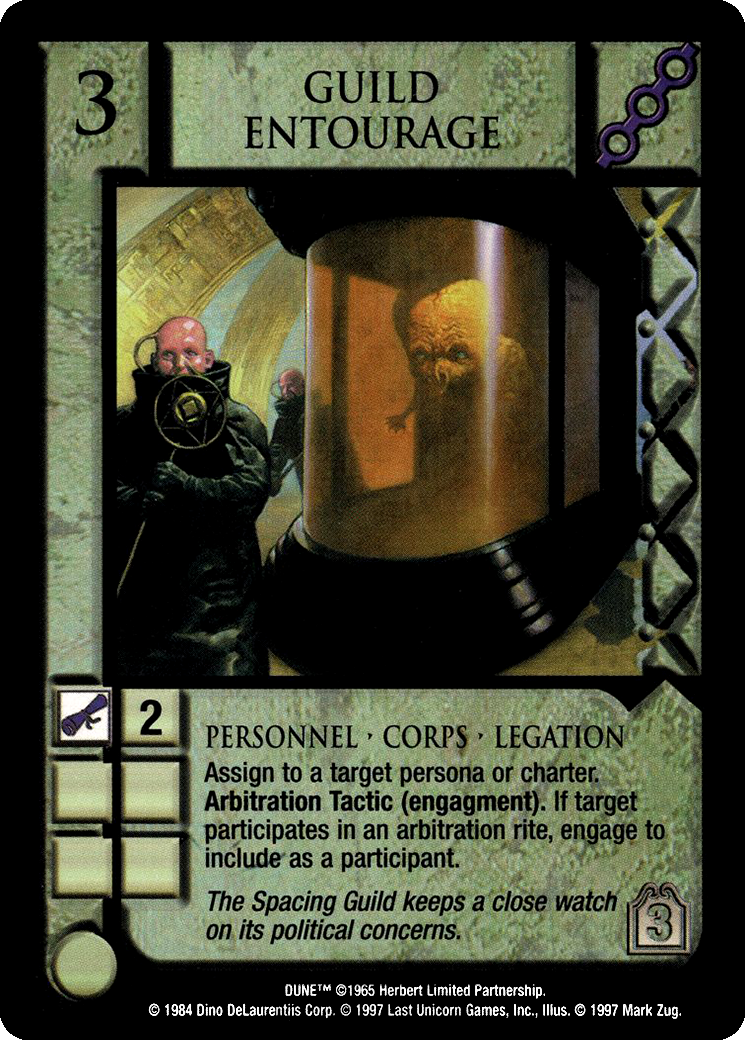
Image: Wizards of the Coast
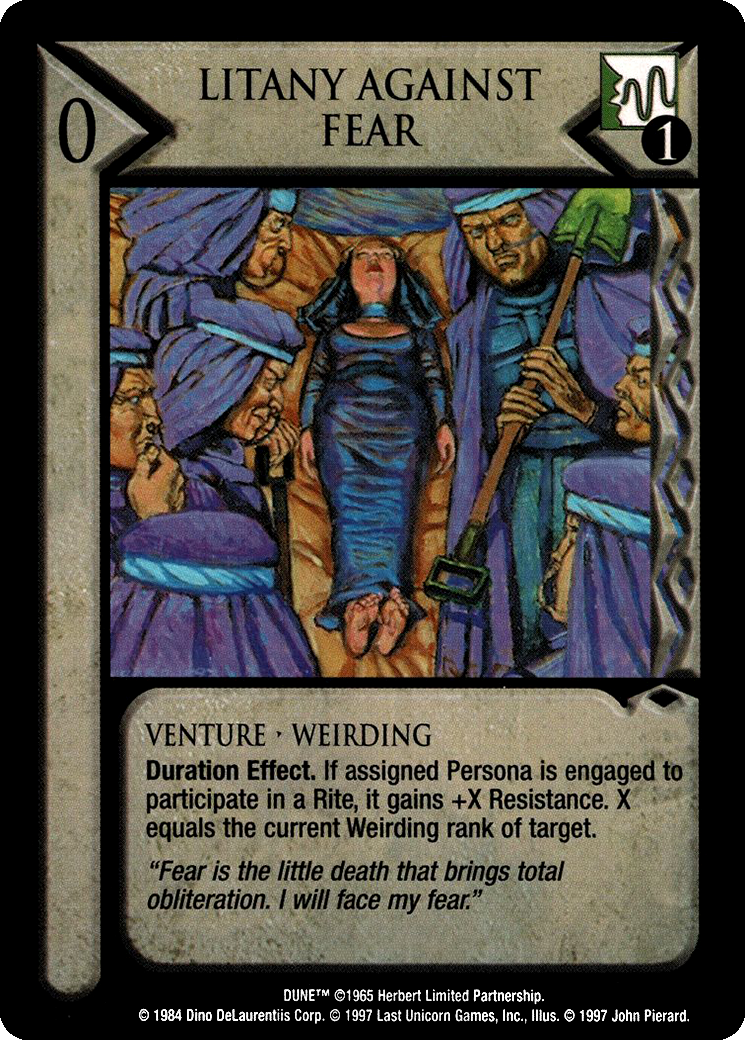
Image: Wizards of the Coast
The tangibility of physical trading cards is both a strength and a weakness. If a TCG is popular, it can develop a robust secondary market, making cards readily available. Popularity can also be a double-edged sword. If the game is in short supply, it can lead to resellers taking away the available product, skyrocketing prices and strangling availability for players. If prices for singles rise, this could lead to unscrupulous individuals trying to profit by passing off counterfeits. All physical TCMs are subject to these forces, and Dune: CCG was not immune. The short lifespan and small production run have led to high prices on the secondary market today. This is surprising considering the game’s untimely death and small following.
Altered is a TCG that tries to circumvent the disadvantages of physical cards through proprietary technology. While there will be physical cards in booster packs, more important are the unique QR codes that players can scan to determine their ownership. Has your chase card been lost or damaged? No problem. You can log into your account and have a new copy printed and sent to you upon request. Want to foil your favorite card? Crack a foil code in a booster pack and you can upgrade it. Altered recently completed the most successful TCG Kickstarter in history, so the idea is certainly gaining traction. It remains to be seen whether this will revolutionize TCGs or become the tabletop gaming equivalent of the Bored Ape fiasco.
While Dune: CCG was short-lived, it was faithful to the source material and remains a nuanced game with strategic depth and gameplay worthy of its steep learning curve. For that reason, it has a devoted following. The final word on the game is best expressed by the publishers themselves: “You don’t have to be a Kwisatz Haderach to play, but it helps.”
